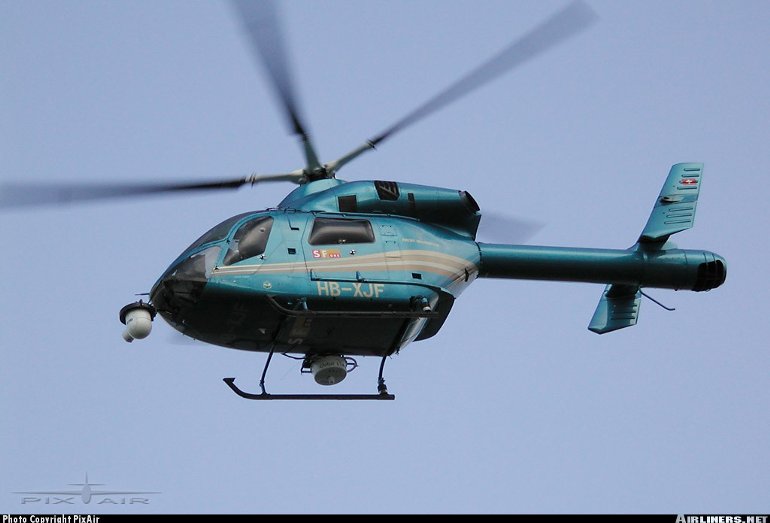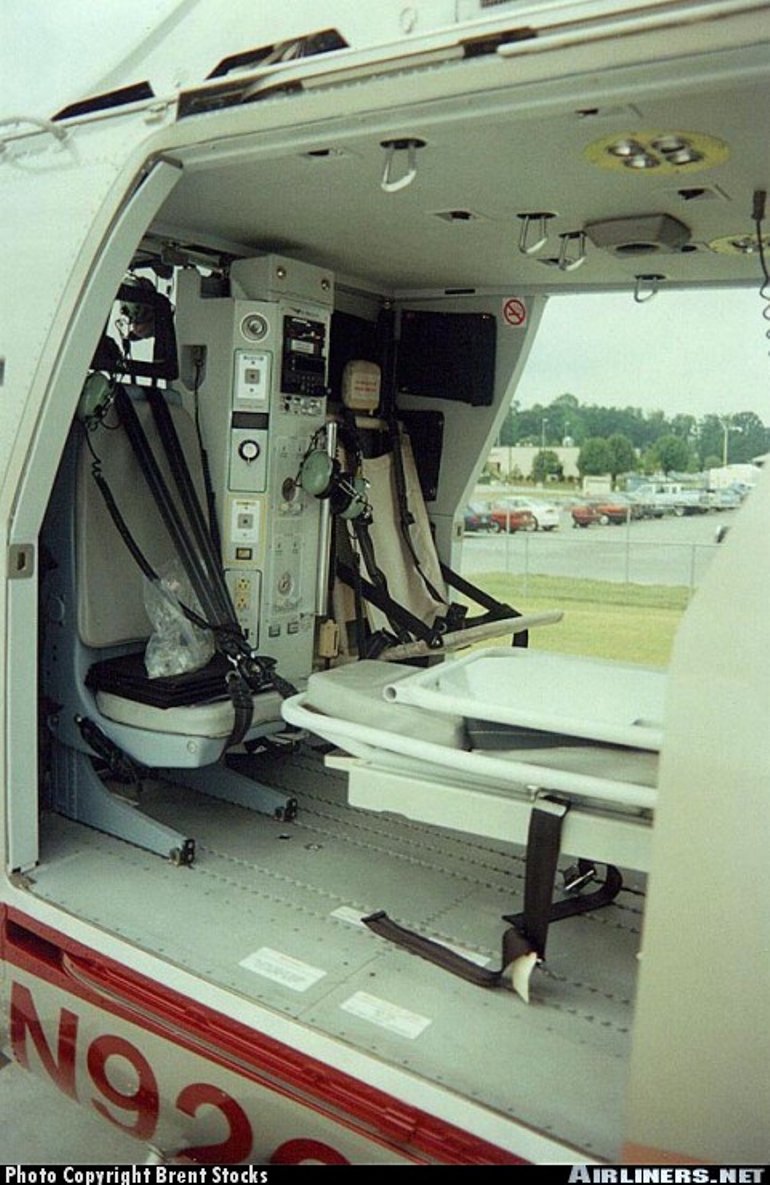Aircraft Technical Data
Boeing MD Explorer


| Details | |
| Country of Origin | United States of America |
| Type | Light twin helicopter |
| History | Developed by McDonnell Douglas, the Boeing MD Explorer light twin helicopter is the first all new design to incorporate the unique NOTAR (NO TAil Rotor) system. <p>McDonnell Douglas Helicopters launched the Explorer as the MDX in January 1989. First flight took place on December 18 1992. Full certification for the initial PW206B powered MD 900 version was granted in December 1994. <p>One of the most advanced helicopters in its market segment, the MD Explorer features Boeing's unique NOTAR anti torque system (described in detail under the MD 520N entry), with benefits including increased safety, far lower noise levels and performance and controllability enhancements. <p>The design also features an advanced bearingless five blade main rotor with composite blades, plus a carbonfibre fuselage and tail. Initial aircraft are powered by two Pratt & Whitney Canada PW206Bs (the Explorer was the first application for the PW200 series). <p>The improved Explorer 902 replaced the MD 900 in September 1997. Features of the MD 902 include PW206E engines with higher one engine inoperative ratings, revised engine air inlets, improved NOTAR inlet design and a more powerful stabiliser control system. Benefits include improved range and endurance and an increased max takeoff weight. <p>On August 31 1998 the 902 configured Explorer became the first helicopter to be validated by Europe's JAA JAR Part 27 Category A guidelines, which requires helicopters be capable of safely continuing flight during takeoff or landing on a single engine. <p>Like the MD 520N and MD 600N singles the MD Explorer line is for sale. In 1998 US regulatory authorities prohibited a planned sale of all three lines to Bell. Belgian company HeliFly has expressed an interest. |
| Powerplants | 902 - Two 469kW (629shp) (takeoff rating) Pratt & Whitney Canada PW206E turboshafts driving a five blade main rotor. Will later become available with two 478kW (641shp) (takeoff rating) Turboméca TM3192 Arrius 2Cs. |
| Performance | 902 with PW206Es - Max cruising speed 252km/h (136kt). Initial rate of climb 2250ft/min. Service ceiling 18,000ft. Hovering ceiling in ground effect 11,000ft (ISA), out of ground effect 9600ft (ISA). Max range 559km (302nm). Max endurance 2.4hr. |
| Weights | 902 - Standard empty 1543kg (3402lb), max takeoff 2835kg (6250lb), or 3130kg (6900lb) with external sling load. |
| Dimensions | Rotor diameter 10.31m (33ft 10in), length overall 11.84m (38ft 10in), fuselage length 9.85m (32ft 4in), height 3.66m (12ft 0in). Main rotor disc area 83.5m2 (899.0sq ft). |
| Capacity | One pilot and passenger on front bucket seats with six passengers in main cabin in club seating arrangement. Max seating for 10 (including pilot). Alternatively can be configured with stretchers and seating for medical attendants. |
| Production | Approximately 40 delivered by late 1998. |
| Related Links | Boeing MD Explorer |
The backbone of this section is from the The International Directory of Civil Aircraft by Gerard Frawley and used with permission. To get your own copy of the book click here. |
|








